Property Geek
We provide the actual and accurate information with unbiased user driven reviews to our viewers, to help them see the best and find the best!
View posts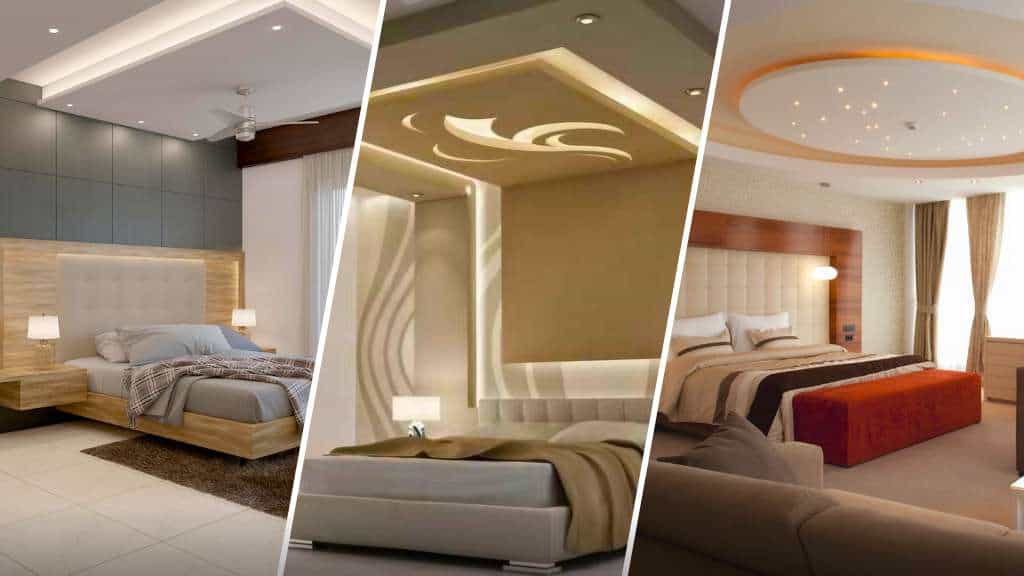
Your bedroom is not just a place for rest, but also a sanctuary where you can unwind, recharge, and escape the chaos of the outside world. One element that can make a significant impact on the overall look and feel of your bedroom is the false ceiling design.
Gone are the days of plain, unremarkable ceilings. Today, false ceilings have evolved into stunning design features that add depth, character, and a touch of sophistication to any bedroom false ceiling . Simple false ceiling designs for bedrooms have become increasingly popular for their ability to transform a space with sleek lines, clean aesthetics, and a contemporary appeal.
These designs focus on minimalism, incorporating clean geometric shapes, subtle textures, and strategic lighting to create a seamless integration with the overall bedroom decor. In this guide, we will explore a range of simple false ceiling designs for bedrooms, each with its own unique charm and aesthetic appeal.
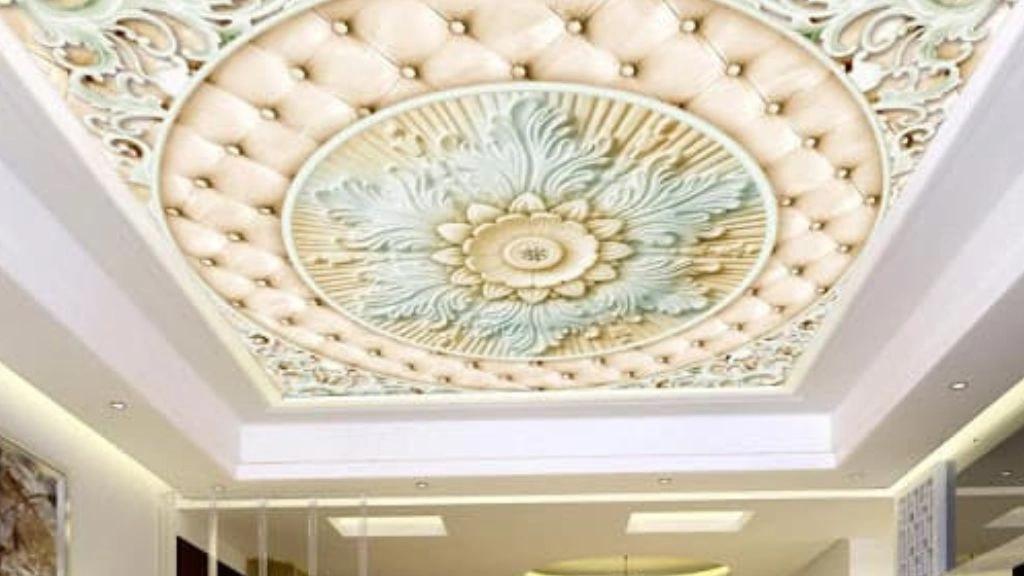
A false ceiling with intricate carvings is a modern false ceiling design for a bedroom and can add a touch of elegance and sophistication to your space. Here’s a suggestion for creating a stunning false ceiling design with intricate carvings:
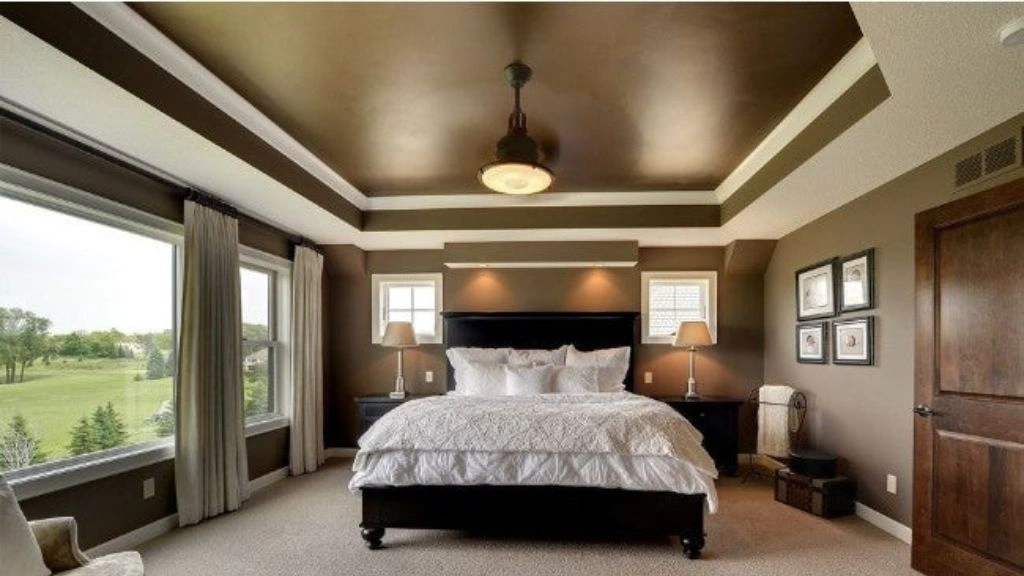
Layered false ceilings are simple false ceiling designs for bedrooms and can create a unique and dynamic look in your space. Start with a primary layer that covers the entire ceiling area. This layer can have a simple and smooth finish, such as a plain plasterboard or gypsum board ceiling. Choose a color that complements the overall theme of your room.
Next, create a recessed cove along the perimeter of the primary layer. This hidden lighting technique adds a soft and indirect glow to the room, enhancing the ambiance. Consider using LED strip lights for energy efficiency and flexibility in lighting control.
Then, install a secondary layer within the primary layer to add depth and visual interest. This layer can have a different texture, pattern, or material compared to the primary layer. Some options include wooden panels, decorative tiles, or textured plaster finishes.
Following that, introduce pop-out elements within the secondary layer to create focal points or decorative accents. These can be raised sections, recessed panels, or artistic shapes that add a three-dimensional effect to the false ceiling. Experiment with different shapes and sizes to suit your style.
Finally, plan the false ceiling design to accommodate necessary services like electrical wiring, air conditioning vents, and speakers. Conceal these elements within the layers to maintain a seamless and clean look.
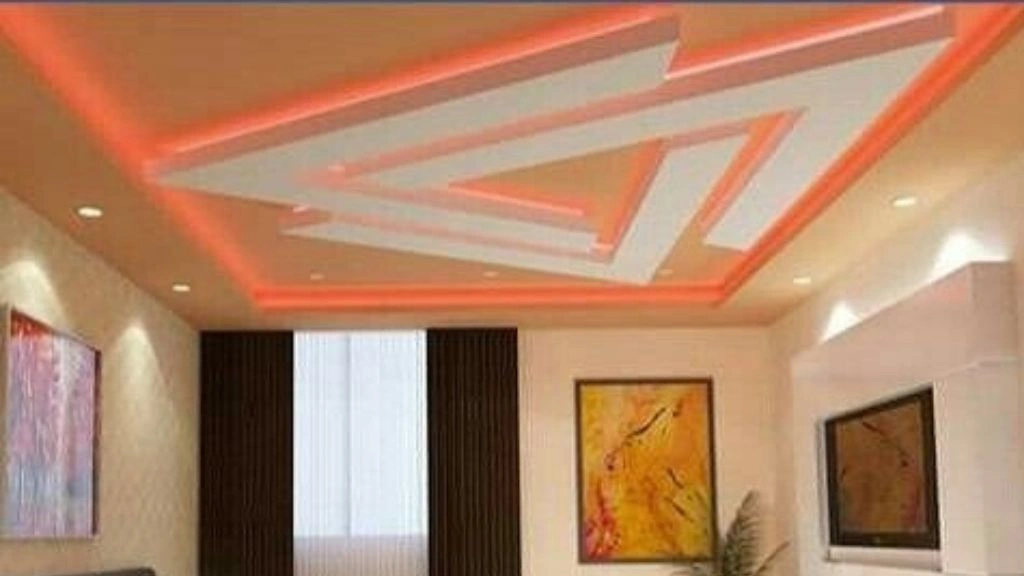
A minimalistic geometric pattern false ceiling design is a modern false ceiling design for a bedroom and can create a sleek and contemporary look in your space. Here are a few suggestions:
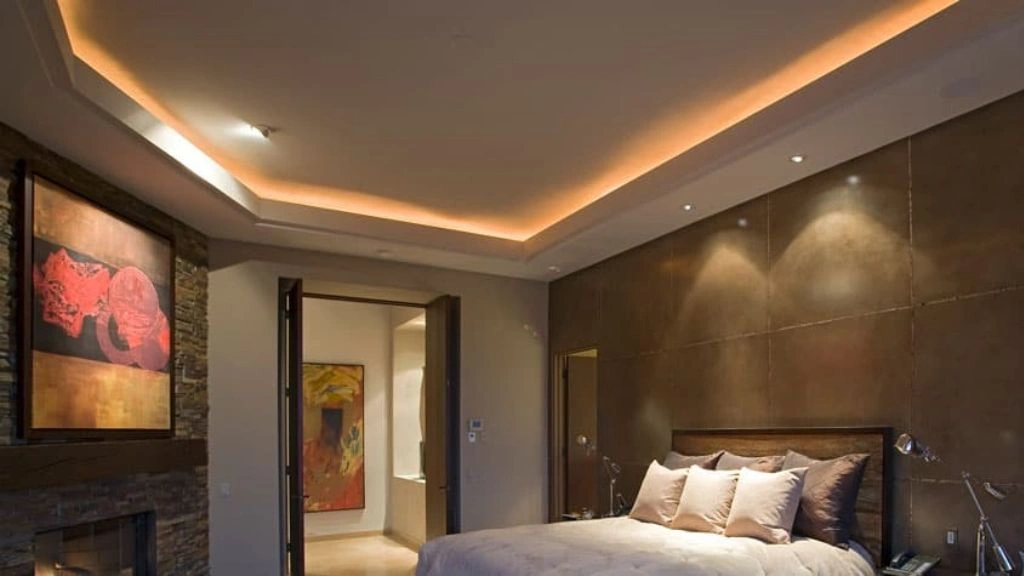
Cove lighting is a popular lighting technique for bedroom false ceilings. It involves installing a hidden light source in a recessed area or ledge along the perimeter of a room’s ceiling or wall. It creates a soft and indirect illumination that adds a warm and inviting ambiance to the space.
Cove lighting is typically installed in a recessed area near the ceiling, such as a crown molding, dropped ceiling, or cove niche. It can also be placed along the top edges of walls or in alcoves. The location of the cove lighting depends on the desired lighting effect and the architectural features of the room.
LED strip lights are commonly used for cove lighting due to their flexibility, energy efficiency, and compact size. They come in various lengths and colors, allowing you to choose the right lighting intensity and tone to suit your preference. You can also use rope lights or linear fluorescent tubes for cove lighting, depending on the desired effect.
Cove lighting is often paired with dimmer switches or lighting control systems to adjust the light intensity according to different moods or activities. Dimming the cove lights allows for versatility and control over the ambiance of the space.
When planning for cove lighting, it’s important to consult with a professional electrician or lighting designer to ensure proper installation and to determine the best type of lighting and controls for your specific requirements.
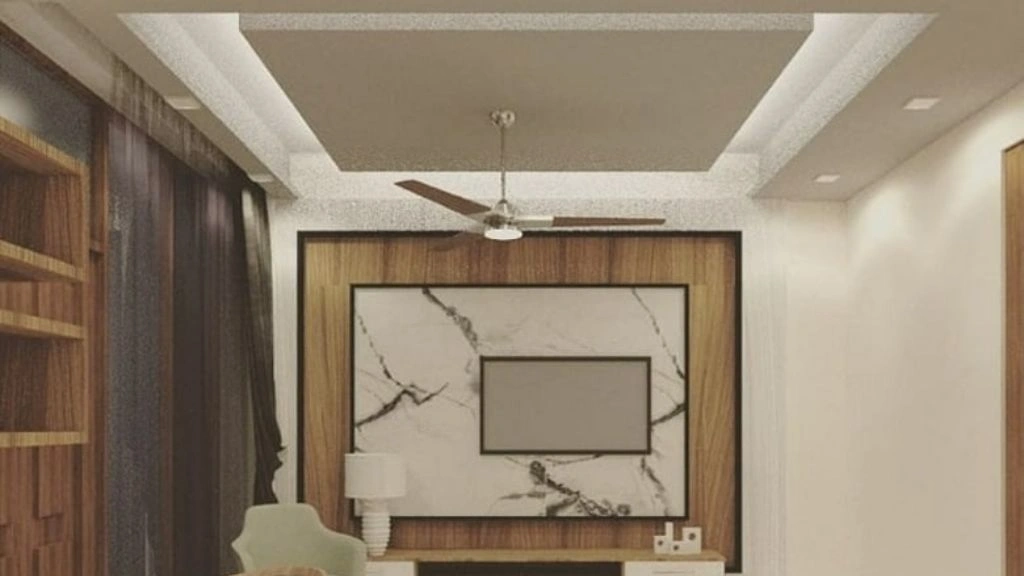
A layered effect in interior design refers to the use of multiple layers or levels of design elements to create depth, dimension, and visual interest in a space. Here are some ways to incorporate a layered effect into your interior design:
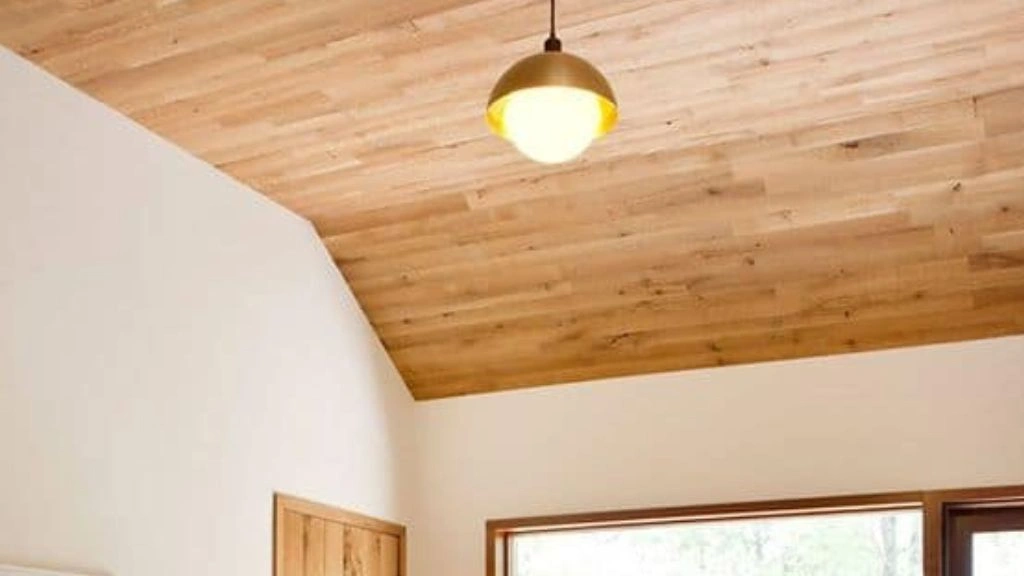
Wood accents are a wonderful way to add warmth, natural beauty, and a touch of organic charm to a bedroom false ceiling. Here are some suggestions for incorporating wood accents into your space:
Opt for hardwood flooring to establish a timeless and sophisticated ambiance in your space. With a wide range of wood species to choose from, including oak, maple, or walnut, you can select the color and grain pattern that best suits your preferences. The rich texture and warm tones of wood flooring provide a beautiful foundation that complements your overall design.
To add a distinctive touch, create an accent wall using wood paneling or reclaimed wood. This feature can introduce a rustic or modern rustic charm to your simple false ceiling designs for bedrooms. Whether you opt for vertical, horizontal, or herringbone installation, the wooden planks contribute to visual interest and texture, enhancing the overall aesthetic appeal.
If you have a room with a high ceiling, consider incorporating exposed wooden ceiling beams. These beams bring a sense of architectural elegance and serve as a captivating focal point. Particularly effective in spaces like living rooms, kitchens, or dining areas, the exposed beams add character and create a visually striking element that draws the eye upward.
To further enrich your space, incorporate smaller wood accents such as wooden picture frames, intricately carved wooden sculptures or captivating wooden wall art. These elements infuse a touch of rustic charm and act as unique focal points, adding depth and personality to y
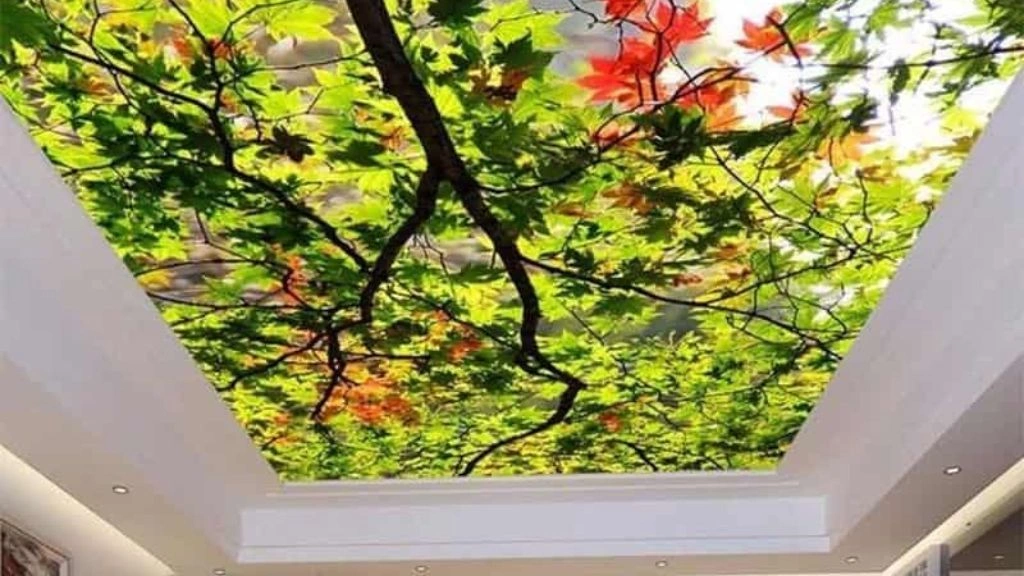
The skylight illusion is a creative design technique that mimics the appearance of a skylight in a space where natural light is limited or nonexistent. It creates the illusion of a bright, open sky by incorporating elements that resemble a skylight. Here are some ideas for achieving the skylight illusion:
You can also install LED light panels that are specifically designed to replicate the natural light and appearance of a skylight. These panels can be programmed to change color and intensity, effectively simulating the various moods of the sky throughout the day. By strategically placing them on the ceiling, you can create a visually convincing skylight effect that bathes your space in beautiful, simulated daylight.
Another option is to create a mesmerizing starry night sky illusion with the help of fiber optic lighting systems. These flexible fibers can be installed in the ceiling, and their lights can be adjusted to mimic the twinkling stars. This magical addition adds an ethereal atmosphere to your room, immersing you in a captivating celestial experience.
Lastly, you can integrate reflective surfaces strategically throughout the room, such as mirrors or polished materials. These surfaces have the ability to bounce and amplify existing light, giving the illusion of a larger and brighter skylight. By strategically placing these reflective elements, you can maximize the natural light in your space and create an even more convincing skylight illusion.
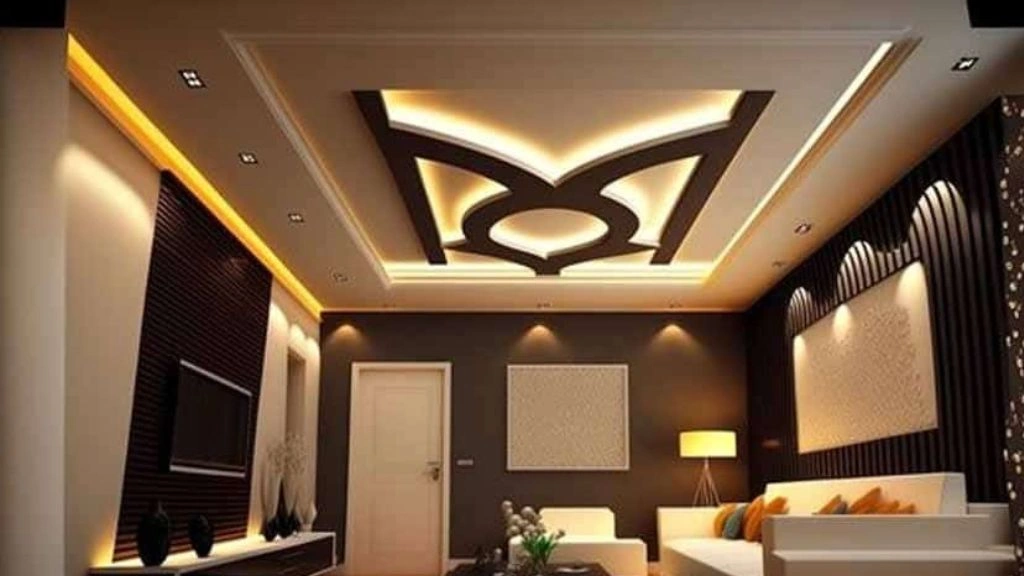
Pop ceiling designs, also known as suspended or dropped ceilings, are popular for their ability to add a decorative element while concealing structural components, electrical wiring, and plumbing. These ceilings are often made using Plaster of Paris (POP) or gypsum board. Here are some design ideas for pop false ceilings:
Recessed lighting involves discreetly embedding light fixtures within a false ceiling, creating a modern and streamlined aesthetic. This design choice not only contributes to a sleek look but also provides even and functional illumination across the room. The absence of visible fixtures enhances the ceiling’s clean appearance, making it particularly well-suited for contemporary interiors. Beyond its aesthetic benefits, recessed lighting serves a practical purpose by eliminating shadows and offering customizable lighting options, enhancing both the visual appeal and functionality of the space.
A tray ceiling involves creating stepped or recessed sections in the ceiling, forming a layered appearance. This architectural feature adds depth and sophistication to a room, making it feel more spacious and visually interesting. Particularly effective in rooms with high ceilings, the recessed sections offer creative design possibilities, allowing for variations in color, texture, and integrated lighting. In essence, tray ceilings transform a standard ceiling into a dynamic and elegant focal point in interior design.
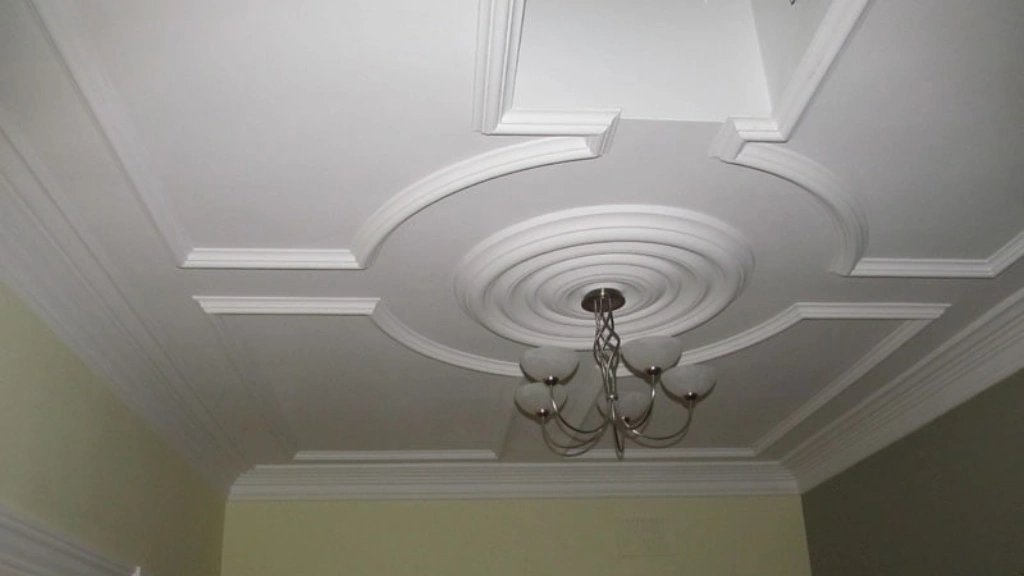
Panel molding is a decorative technique that involves applying strips of molding or trim to create visual interest and depth on a surface. When applied to a bedroom ceiling, panel molding can impart a refined and sophisticated touch without excessive intricacy. The idea is to form a simple geometric pattern, often rectangles or squares, that mimics the appearance of a coffered ceiling.
Coffered ceilings traditionally feature a grid of sunken panels, adding architectural detail to a space. However, by using panel molding in a geometric pattern on the ceiling, you can achieve a similar effect in a more subtle and contemporary manner. The key is to keep the design straightforward, allowing the molding to create a sense of structure and elegance without overwhelming the room. This method works well in bedrooms where a touch of sophistication is desired, contributing to a polished and well-finished aesthetic.
The choice of panel molding design can vary, with some opting for a grid-like pattern while others may prefer a more open arrangement. The molding is typically installed in a way that creates a raised pattern on the ceiling, adding texture and depth. This approach to ceiling design is versatile, complementing various interior styles, from classic to modern. It provides an opportunity to infuse character into the room while maintaining a sense of simplicity and balance.
Simple false ceiling designs for bedrooms offer a world of possibilities when it comes to transforming your personal space into a stylish haven. Whether you desire a serene and minimalistic ambiance or a more luxurious and opulent atmosphere, these designs can elevate the look and feel of your bedroom with their sleek lines, clean aesthetics, and contemporary appeal.
So, why settle for an ordinary ceiling when you can create a statement piece that elevates your bedroom’s style and elegance? Explore the endless possibilities of simple and modern false ceiling designs and create a delightful retreat.